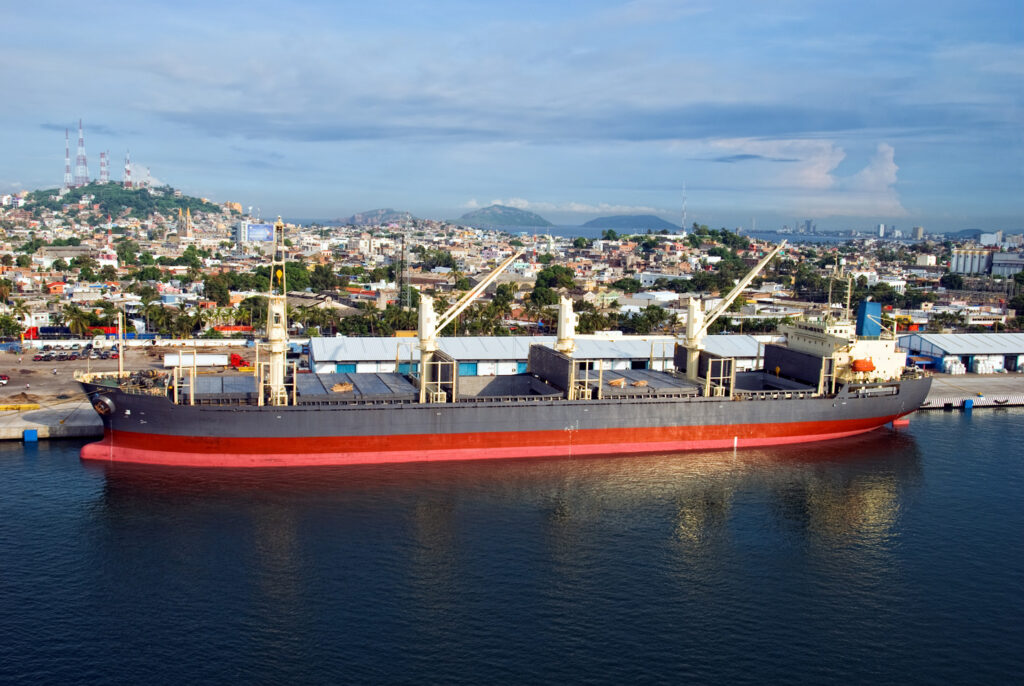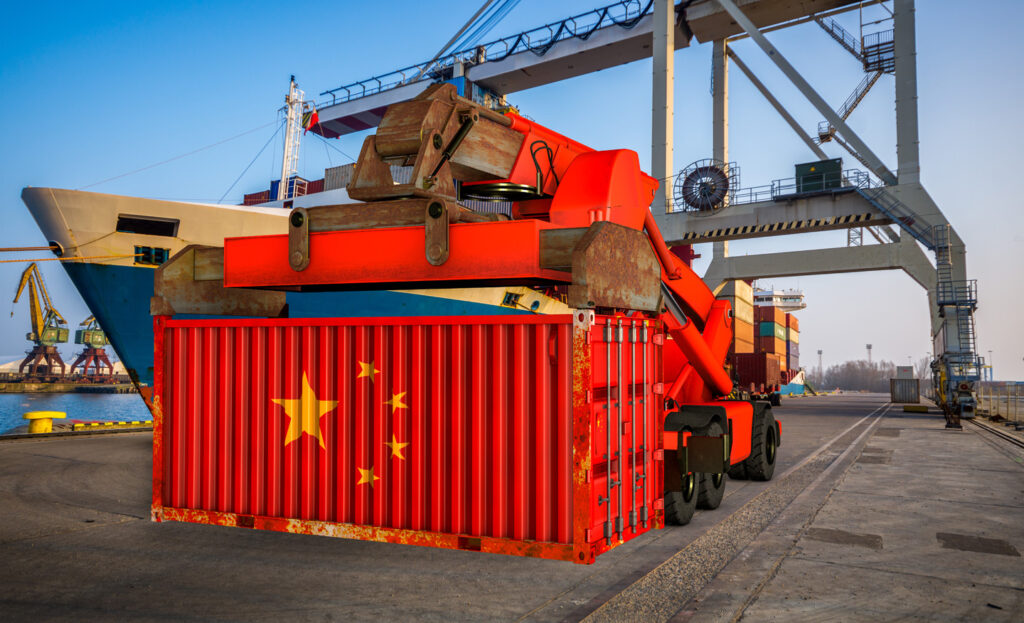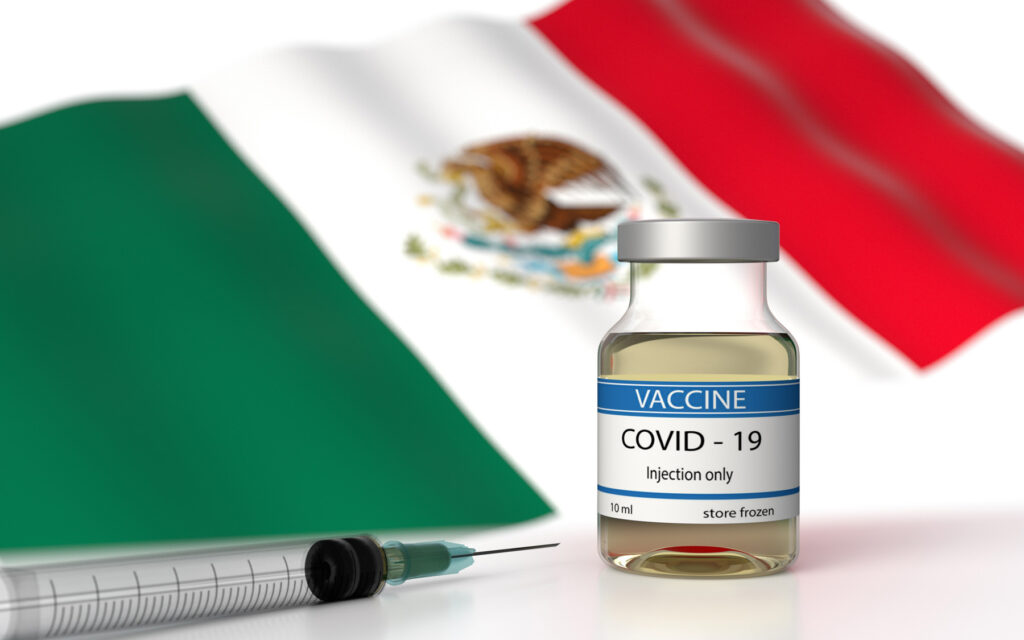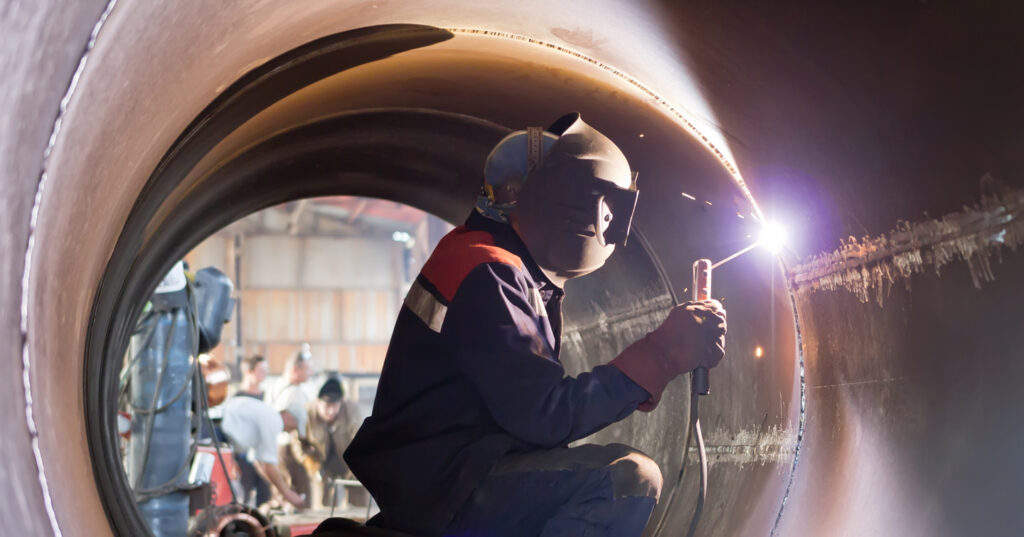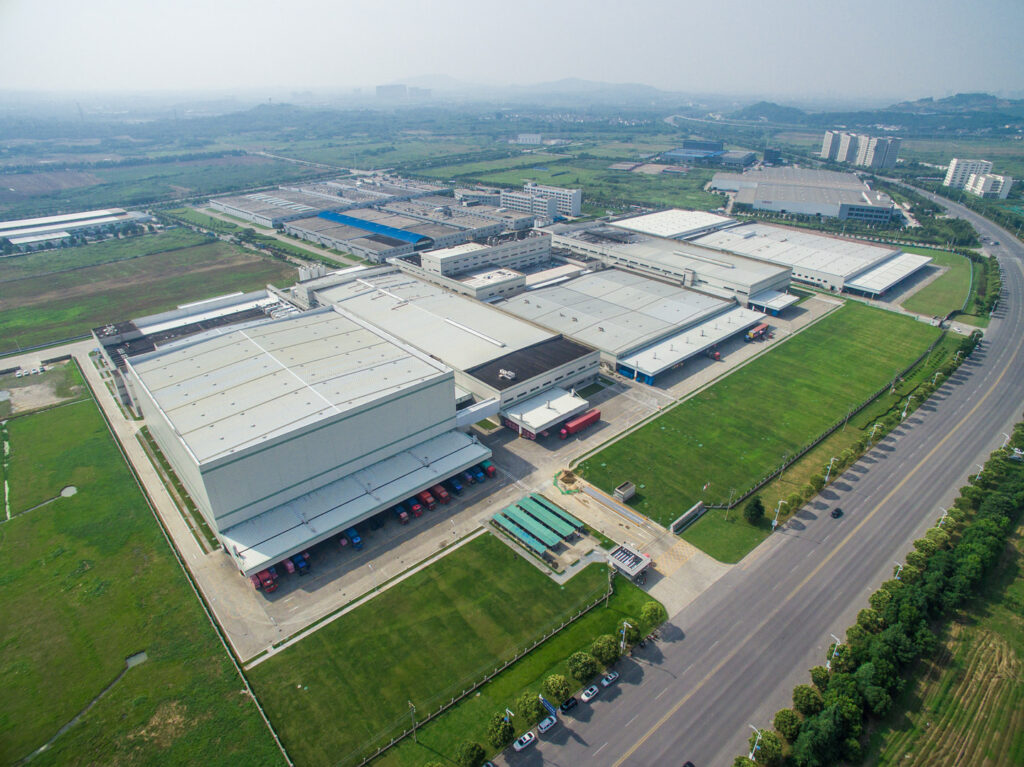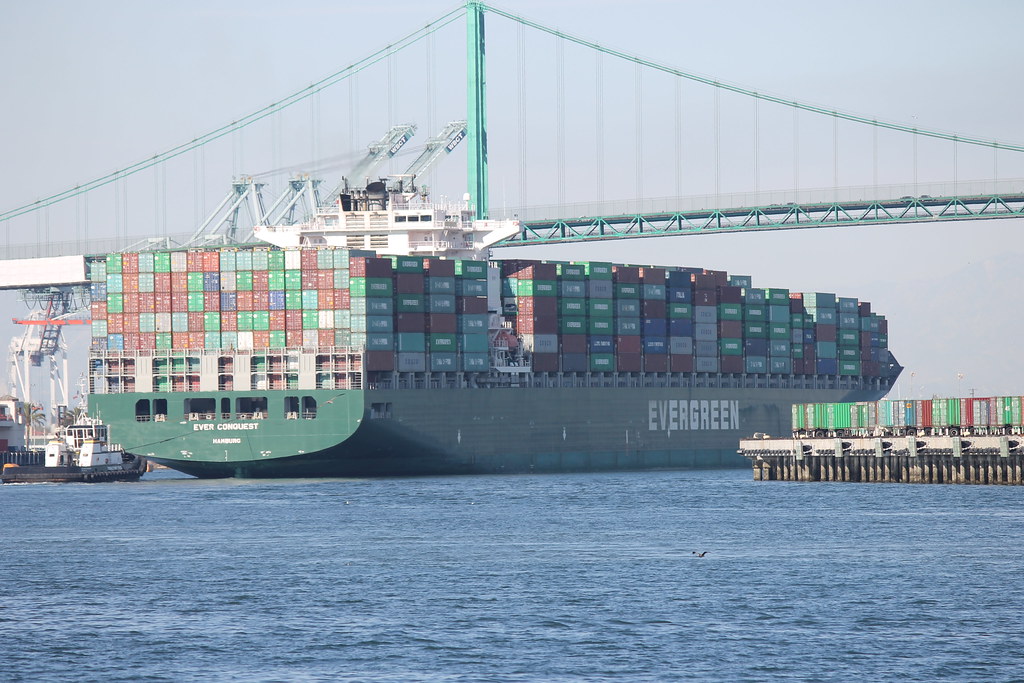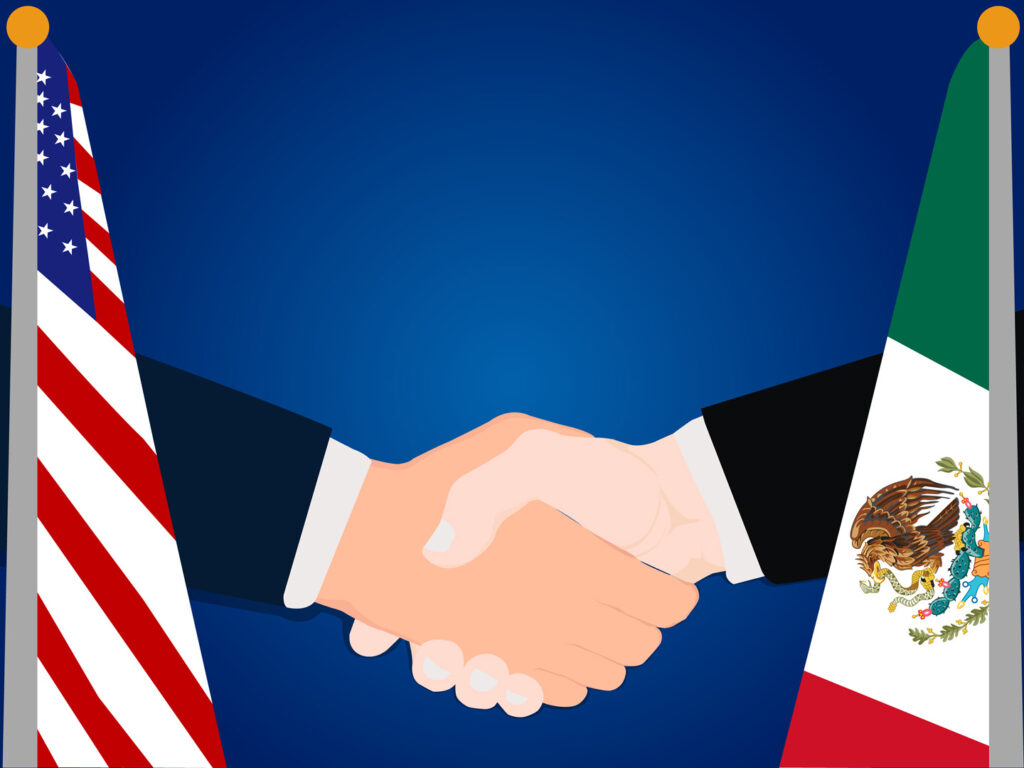Last August, Mexico’s new outsourcing law went into effect, nearly banning outsourcing labor. However, the new restriction allows for certain activities to be outsourced, so long as strict criteria are followed. Failure to comply with these restrictions and carefully follow the various requirements could mean severe fines and, in some cases, even criminal penalties.
The Background
It’s important to understand the context in which Mexico’s new outsourcing law was proposed and passed. Originally proposed in November of 2020 by Mexico’s President Andres Manuel Lopez Obrador, the ban on subcontracting was to support the formal economy and protect workers’ rights.
However, there were concerns from both the public and private sector that an outright ban would dramatically hinder the economy and cost jobs. Companies in the US that rely on Mexican maquiladora manufacturing also raised concerns about harm this would cause for nearshoring factories.
In the end, the strict proposal failed. In its place, Mexico’s federal government passed a modified version in 2021 that allowed for providers of specialized services to provide contracting services, so long as strict regulations were followed.
The New Law
Now, subcontracting is allowed only for services not related to the principal business activity of the company for whom the services are performed, or the beneficiary. The omnibus bill actually modified eight laws in total, but the primary outcome was to require outsourcers to only provide specialized services and prevent companies from relying solely on subcontractors.
The Obrador administration had argued that subcontracting jobs did not provide the same level of workers’ rights protections that in-house roles did. Mexico is a country of stark economic disparity and has a bitter memory of labor exploitation in the 19th and 20th centuries. They have codified many protections for the rights of employees. But approximately half of the Latin American country’s workers are outside the formal economy. Another 5 million of their workers work as contractors rather than employees.
According to Mexico’s new outsourcing law, the country’s Ministry of Labor and Social Welfare (or STPS) has issued strict regulations governing outsourcing and contracting relationships and maintaining a registry for those providing specialized services. Individual contractors and firms providing personnel for specialized contracting services must register with the STPS for a Specialized Service Provider registration (or REPSE).
Compliance Considerations
Providers of specialized services and those beneficiaries who contract with them must comply with the following laws:
- Federal Labor Law
- Social Security Law
- National Institute for Employees Housing Fund Law
- Income Tax Law (ISR)
- Value Added Tax Law (IVA)
- All general REPSE rules set forth in article 15 of the Federal Labor Law
Providers must not perform any services relating to the principle or core business activity of the beneficiary. In addition to maintaining a valid REPSE registration, they have the obligation to:
- Enter into a service agreement that includes the registration and a description of the services to be provided, the purpose of the work, and the number of personnel assigned to the project.
- Provide to all contractors badges or employee IDs that differ from those of the beneficiary’s employees and include a photograph and name and that designate them as an employee of the service provider.
- Provide informational reports to the Social Security Institute (or IMSS) and the National Institute for Employees Housing Fund (or INFONAVIT) every January, May, and September regarding the scope of work and service agreements entered into for that period.
- Submit to the beneficiary a compliance certificate from IMSS, a compliance certificate from the Tax Administration Service (or SAT), a compliance certificate from INFONAVIT, copies of digital payroll tax records (or CFDI), copies of bank records showing payment of IMSS fees and tax withholdings, verification of Value Added Tax (or IVA) payments, copies of ISR salary payment statements, and proof of filing periodic informational reports on service agreements as required.
Companies benefiting from the services of a specialized contractor may hire third-party personnel providers or share supplemental services within the company, only inasmuch as outsourced services do not fall under the company’s core business or corporate purpose.
Penalties for Non-Compliance
Both beneficiaries and specialized service providers are liable for non-compliance with these requirements of Mexico’s new outsourcing law. Both must verify compliance for both parties or face stiff fines.
Failure to comply may result in fines as high as $220,000 USD. There may also be criminal penalties. If either party fails to prove compliance, they may be unable to deduct expenses for tax purposes such as value-added tax, contracting payments, etc.
Companies who rely on outsourced personnel for their strategy should carefully re-evaluate their corporate structure and perhaps adjust corporate purpose and core business to avoid penalties for overlapping responsibilities with third-party vendors and contractors.


